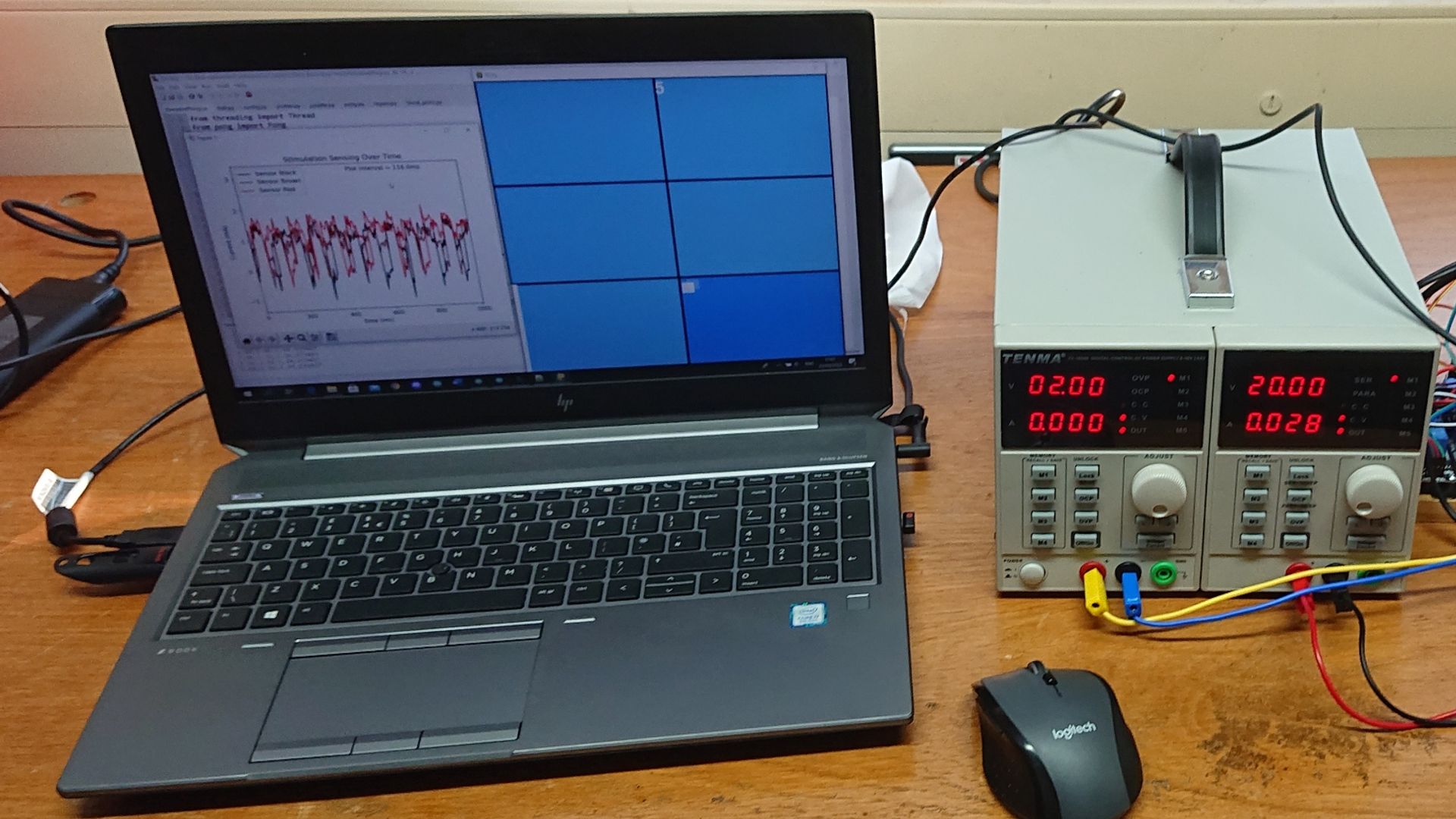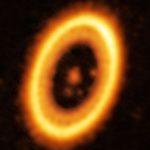A gooey gel made by scientists can play the video game Pong and gets better over time as it learns, new research has shown.
Inspired by a study that used brain cells in a dish to play Pong, the team from Reading University decided to try playing the “tennis like” game with a simple water-based gel.
The soft, flexible material contained charged ions that respond to electricity. When electricity was passed through the gel, the ions moved to the source of the current, dragging water with them and causing the gel to swell.
It was hooked up to electrodes that mimicked the classic Pong board, dividing it into six rectangles with walls around the edges.
The aim of Pong, which was one of the first video games ever released, is to pass a ball between two paddles and keep a rally going.
The scientists passed a small voltage into the hydrogel where the ball hit the wall and measured where the ions gathered.
The computer interpreted this as where to move the paddle.
Vogue and Wired publisher Conde Nast signs new deal with OpenAI
Google reveals updated range of Pixel phones, watches, and earbuds – with pioneering life-saving feature
Amazon’s £3bn AI Anthropic investment investigated by UK regulator
Over time, the charged ions gathered more effectively where the ball hit. Its accuracy improved by up to 10% and the length of rallies increased.
Muscle memory
Signs of swelling remained in the gel, acting as a sort of memory, say the team.
The scientists are not claiming the gel is sentient, however, the “muscle memory” on display might be useful for people developing artificial intelligence.
Read more from Sky News:
Lung cancer patient is first in UK to receive experimental vaccine
‘Don’t sit’ on mpox vaccines, WHO’s Europe chief says
Alzheimer’s drug given green light in Britain – but won’t be available on NHS
Keep up with all the latest news from the UK and around the world by following Sky News
Be the first to get Breaking News
Install the Sky News app for free
“Instead of it just knowing what’s immediately happened, it has a memory of the ball’s motion over the entirety of the game,” robotics engineer Vincent Strong, of the University of Reading, told the New Scientist magazine.
“It sort of gains an experience of the ball’s general motion, not just its current position. It sort of becomes a black-box neural network that has a memory of the ball’s behaviour, how it behaves and how it moves.”
Dr Yoshikatsu Hayashi, a biomedical engineer at the University of Reading who led the research, said: “Our research shows that even very simple materials can exhibit complex, adaptive behaviours typically associated with living systems or sophisticated artificial intelligence.”
Most AI algorithms are inspired by the complex way the human brain works but the researchers say that hydrogels represent a different kind of “intelligence” that could be used to develop new, simpler algorithms.
“Ionic hydrogels can achieve the same kind of memory mechanics as more complex neural networks,” said Mr Strong.
In future, the researchers plan to further probe the hydrogel’s “memory” by examining the mechanisms behind its memory and by testing its ability to perform other tasks.






















